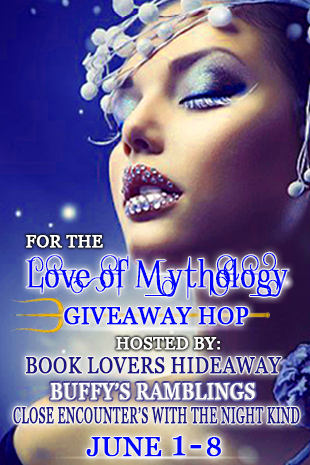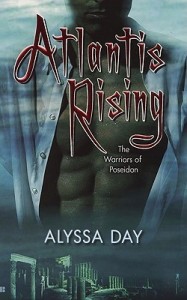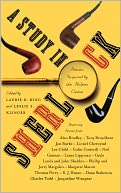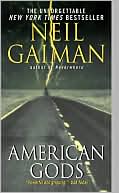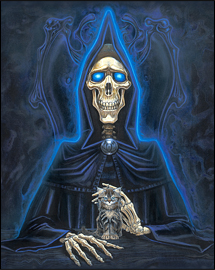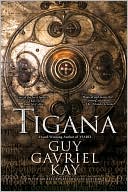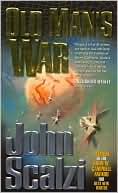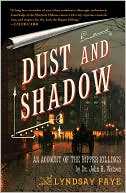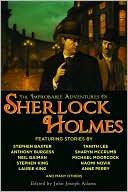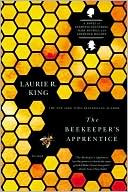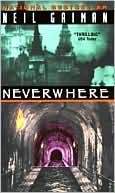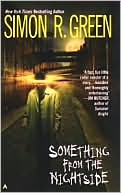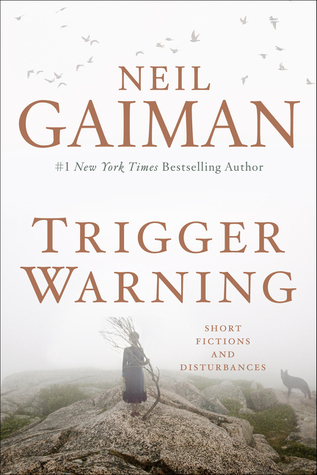 Format read: eARC provided by the publisher via Edelweiss and published hardcover provided by the publisher
Format read: eARC provided by the publisher via Edelweiss and published hardcover provided by the publisherFormats available: hardcover, paperback, ebook, audiobook
Genre: fantasy, horror
Length: 310 pages
Publisher: William Morrow
Date Released: February 3, 2015
Purchasing Info: Author’s Website, Publisher’s Website, Goodreads, Amazon, Barnes & Noble, Kobo, Book Depository
In this new anthology, Neil Gaiman pierces the veil of reality to reveal the enigmatic, shadowy world that lies beneath. Trigger Warning includes previously published pieces of short fiction–stories, verse, and a very special Doctor Who story that was written for the fiftieth anniversary of the beloved series in 2013–as well “Black Dog,” a new tale that revisits the world of American Gods, exclusive to this collection.
Trigger Warning explores the masks we all wear and the people we are beneath them to reveal our vulnerabilities and our truest selves. Here is a rich cornucopia of horror and ghosts stories, science fiction and fairy tales, fabulism and poetry that explore the realm of experience and emotion. In “Adventure Story”–a thematic companion to The Ocean at the End of the Lane–Gaiman ponders death and the way people take their stories with them when they die. His social media experience “A Calendar of Tales” are short takes inspired by replies to fan tweets about the months of the year–stories of pirates and the March winds, an igloo made of books, and a Mother’s Day card that portends disturbances in the universe. Gaiman offers his own ingenious spin on Sherlock Holmes in his award-nominated mystery tale “The Case of Death and Honey”. And “Click-Clack the Rattlebag” explains the creaks and clatter we hear when we’re all alone in the darkness.
A sophisticated writer whose creative genius is unparalleled, Gaiman entrances with his literary alchemy, transporting us deep into the realm of imagination, where the fantastical becomes real and the everyday incandescent. Full of wonder and terror, surprises and amusements, Trigger Warning is a treasury of delights that engage the mind, stir the heart, and shake the soul from one of the most unique and popular literary artists of our day.
My Review:
Fair warning, if you have an eARC of this book, it probably does not include the last story, Black Dog. I’m lucky I had a published print copy too. (This warning probably does not apply to purchased ebooks.)
Speaking of warnings, there’s that title: Trigger Warning. As the author says in his introduction, the phrase “trigger warning” has taken on a specific meaning in social media. If a piece has been labeled with a trigger warning, the context of the warning usually follows. If a story or article concerns a subject that some people might be upset to read, that is listed under the trigger warnings. While many of those warnings involve either death or sex (sometimes both) there are also trigger warnings for assault, abuse as well as every kind of kink imaginable.
The concept of trigger warnings derives from a specific issue for sufferers of PTSD. Things that remind a person of their original trauma can literally trigger a re-experience of that trauma. (For more details, see the NIMH page on PTSD)
There has been some talk in social media regarding whether the author should have titled his collection with a term that has so much specific meaning for people. (To see an thoughtful example, take a look at Kameron Hurley’s post on SciFi Now) The author’s contentions are laid out in his introduction, which, unlike introductions in many books that are easily skippable, provides interesting context for both the individual stories and the collection as a whole.
There’s a question asked: Do adults need to be warned about the possible “triggers” in fiction? Or is part of being an adult the responsibility of choosing such things for one’s own self?
Trigger Warning is a collection of mostly short stories, with a few poems sprinkled in for spice. Or in context, possibly for body. Or bodies.
This is a collection of various kinds of speculative fiction. Some are fantasy, some are extensions of fairy tales. Many are horror of the Twilight Zone type, where the story seems to be heading in one direction, and then takes a sudden twist at the end into the macabre or at least the strange and lethal.
As a collection, it suffers from the issue common to almost all collections, every reader’s milage varies wildly. There are some stories I really liked, a couple did not work for me at all, and some just were just OK.
There were five stories that stood out for me: Black Dog, Nothing O’Clock, The Case of Death and Honey, The Thing About Cassandra and A Calendar of Tales, which is cheating in a way because Calendar itself is a short collection of extremely brief stories.
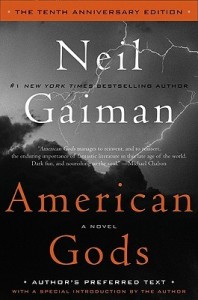 Only Black Dog is original to this collection. In other circumstances, it would be slight, and slightly eerie, story, But the protagonist of this particular tale is Shadow Moon, whom we first met in American Gods. Because we know who and what Shadow is, the story has multiple layers, and like American Gods, makes you rethink the entire story at the end.
Only Black Dog is original to this collection. In other circumstances, it would be slight, and slightly eerie, story, But the protagonist of this particular tale is Shadow Moon, whom we first met in American Gods. Because we know who and what Shadow is, the story has multiple layers, and like American Gods, makes you rethink the entire story at the end.
The Case of Death and Honey is a Sherlock Holmes story. It was previously published in A Study in Sherlock, edited by Laurie R. King and Leslie S. Klinger, and reviewed here. This is a story that I wish were true. It would explain much.
Nothing O’Clock is a Doctor Who story. Even though Matt Smith was not my favorite Doctor (they say you never forget your first Doctor, and mine was Tom Baker) this is still very much Who. The solution to the very creepy dilemma is something only the Doctor could do. And as is so often the case, while the baddies think they are playing him, he has been playing them all along.
The Thing About Cassandra is a story with a twist. I knew something bad was going to happen, but at the end of the story, all of the shoes are on other feet than the reader expected.
A Calendar of Tales is itself a mini-collection, with one story themed for each month. Some border on SF, but the ones I really enjoyed had a touch of romance to them.
Escape Rating B+: The stories I enjoyed, I liked a lot. It helped that three of them were linked to things that I was not just familiar with, but am a definite fan of. The ones that left me cold, like Orange, left me completely and utterly cold.
I will say as my very own trigger warning for this collection that it is probably not a good book to read just before bedtime. I had some interesting and downright scary dreams last night that I am grateful not to remember. Which says that either I am terribly susceptible, or that the stories did their job. Possibly both.

